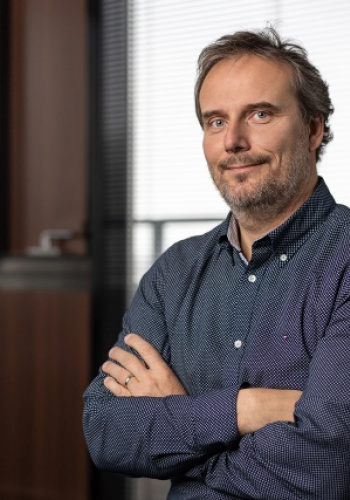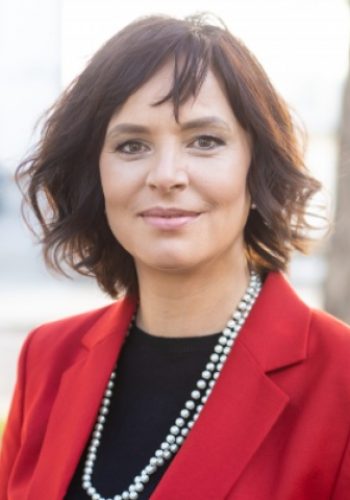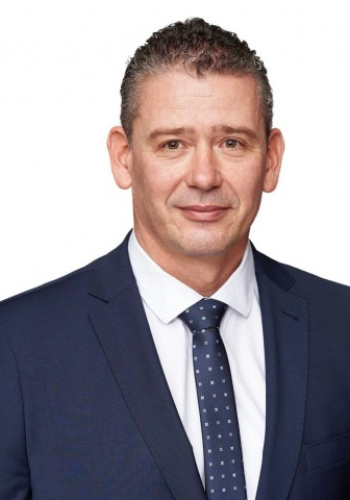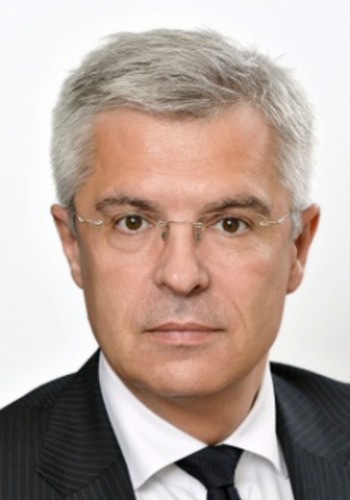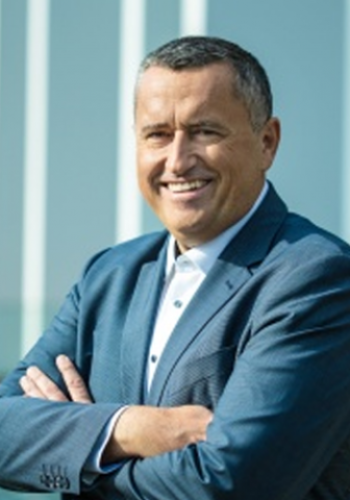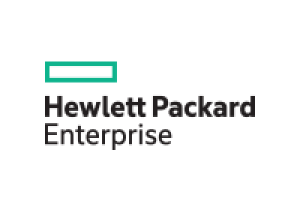Our government cloud began to be built in 2014 with the creation of basic related rules and visions. It has been decided that Slovakia will be one of the few countries with a so-called cloud-first strategy, within which state organizations in our country should use the priority services of the central government cloud instead of their own infrastructure. At that time, the modern and progressive features of the emerging cloud were boldly declared: efficient infrastructure, cheap operation, dynamic scalability, high security and availability, comprehensive automation.
These expectations, in fact, have not been met. Judge for yourself: is our government cloud comparable to commercial provider platforms? Is it more efficient, cheaper, can it scale quickly? The decision not to charge for the government cloud service is at least strange. How to manage the demand for something that is offered for free? How to make sure that expensive infrastructure built for high availability or security is not filled with applications or data that do not require these features? Even the current agenda of the state administration in paper form does not lie in strictly guarded or expensive safes.
It´s 2021, related technologies have advanced, the cloud services market has changed. However, the basic philosophy of building the cloud has changed the most, and that is today the effort to maximize cost efficiency.
In the light of these changes, therefore, perhaps the biggest mistake is to declare the goal in the form of a concrete form of the government cloud itself. The real goal should not be the cloud, but - operational efficiency. The cloud is just a possible tool.
These expectations, in fact, have not been met. Judge for yourself: is our government cloud comparable to commercial provider platforms? Is it more efficient, cheaper, can it scale quickly? The decision not to charge for the government cloud service is at least strange. How to manage the demand for something that is offered for free? How to make sure that expensive infrastructure built for high availability or security is not filled with applications or data that do not require these features? Even the current agenda of the state administration in paper form does not lie in strictly guarded or expensive safes.
It´s 2021, related technologies have advanced, the cloud services market has changed. However, the basic philosophy of building the cloud has changed the most, and that is today the effort to maximize cost efficiency.
In the light of these changes, therefore, perhaps the biggest mistake is to declare the goal in the form of a concrete form of the government cloud itself. The real goal should not be the cloud, but - operational efficiency. The cloud is just a possible tool.
Sign in to Spring ITAPA 2024
Martin Sulík
Martin Sulík studied software design and programming at the Faculty of Management and Command of the Academy of the Armed Forces of General M. R. Štefánik in Liptovský Mikuláš. He has extensive experience in the banking sector, where he has held various positions for eleven years. He worked as a program analyst, integration architect, IT infrastructure architect, security or corporate architect and also participated in the development of mobile applications. He was responsible for the selection, implementation, integration and operation of information systems in banks. For nine years he worked for the consulting company Fairdyne, where he collaborated on projects related to IT management, business management, IT application architecture,…
See more info about the speaker

